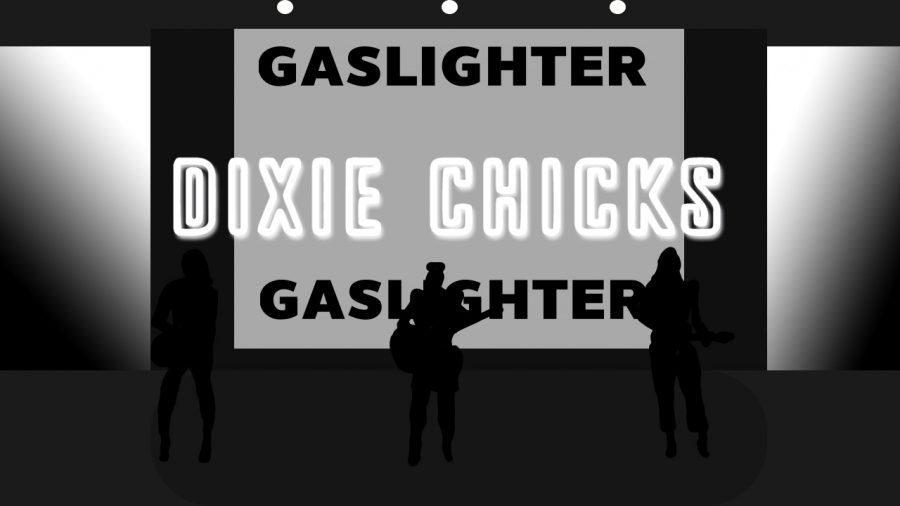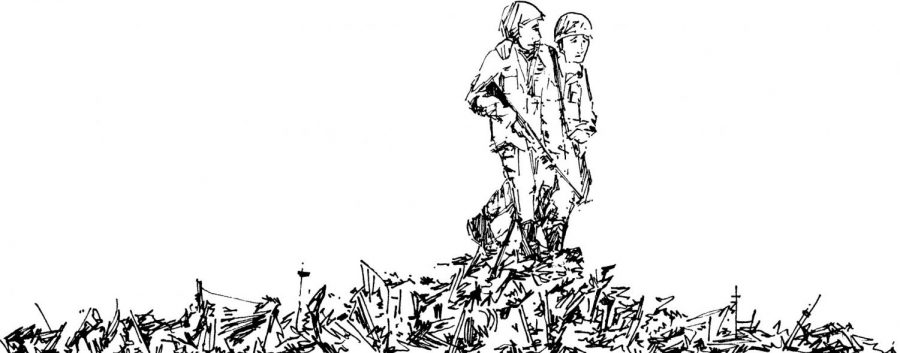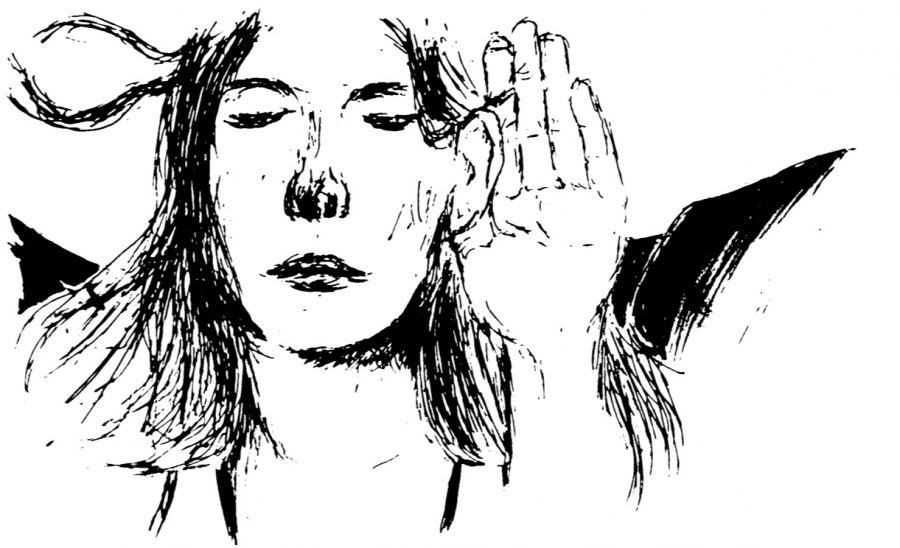“What on earth would I do with all that heaven? Living forever would be like marrying yourself, with no possibility of a divorce.”
This is the conundrum facing Meg Carpenter, the narrator of Scarlett Thomas’s new novel, “Our Tragic Universe.”
The reason this is a conundrum, the reason Meg describes immortality like a failed marriage with no escape, is because, like most of Thomas’s narrators, she is a deeply unhappy person. Her personal life is in shambles, largely due to her own actions, she’s in an emotionally abusive relationship, she may be falling in love with a local museum director, her writing career has never taken off the way she wants it to, and she’s flat broke. The only good thing in her life, it seems, is her dog Bess, who appears in almost as many scenes as Meg herself. The novel is not, however, a tale of one woman’s journey in search of happiness–although it is, a little, in the sense that all humans are in search of happiness through one medium or another. Rather, the novel acts as a vehicle for Thomas’s exploration of narrative itself.
As the novel begins, Meg is in the middle of reviewing a book called “The Science of Living Forever,” by (fictional) author Kelsey Newman, for her local newspaper. This book-within-a-book–a usual trope for Thomas–posits that not only are we all going to be living forever after the universe ends (called the Omega Point by the author), but also that we are actually all already living forever, we just don’t realize it yet. When she submits the review, her editor asks her to review the second book by Newman, beginning a series of life changes that may have some connection to her ironic self-help-guide-inspired attempt to “order the universe.”
Through the course of the novel, Thomas discusses narrative theory, Jungian psychology, Aristotle and simulacra. This is usual for Thomas, whose narratives often operate more like thought experiments (a topic in her earlier book “The End of Mr. Y”) than like regularly structured novels. Narrative theory, for instance, being the dominant concern of “Our Tragic Universe,” becomes irrevocably tied up in the structure of the novel itself.
Vi, Meg’s anthropologist friend, is extremely interested in the concept of the “storyless story.” She discusses the structure of Zen koans, trickster stories and thought experiments, none of which have traditional narrative structures. Vi believes in freeing narrative from plot, an imposed structure she sees as intrinsically connected with colonialism. This is an idea Meg brushes off since she is a serious novelist. And while she’s trying to create something “literary”–that is, not “genre fiction,” which is her day job as a ghostwriter of young adult sci-fi novels–she knows that literature requires a real narrative. Except not too plot-based since that’s genre fiction’s territory. In the end, it is Meg’s own preoccupation with plot that prevents her from ever finishing her own “literary” novel.
Thus, “Our Tragic Universe” becomes an exploration of the idea of the “storyless story.” There is no real plot structure, no climax, exposition, denouement the way Aristotle would probably like it (see “Poetics,” discussed frequently in “Our Tragic Universe”). While this may be wearisome for certain readers, realizing that structure mimics the concerns can take the frustration out of the depressing bits.
Unfortunately, this structure simultaneously exposes some of Thomas’s weak points. Most of the characters sit around talking about philosophy, narrative theory, anthropology and science fiction, which means that a fair bit of the dialogue sounds contrived and texturally analogous. For instance, characters pop in to mention some philosophical theory or argument, only to fade away as soon as their usefulness has passed. There are multiple loose ends that are never tied up and problems that are never resolved.
But then again, that’s rather like real life, actually.







